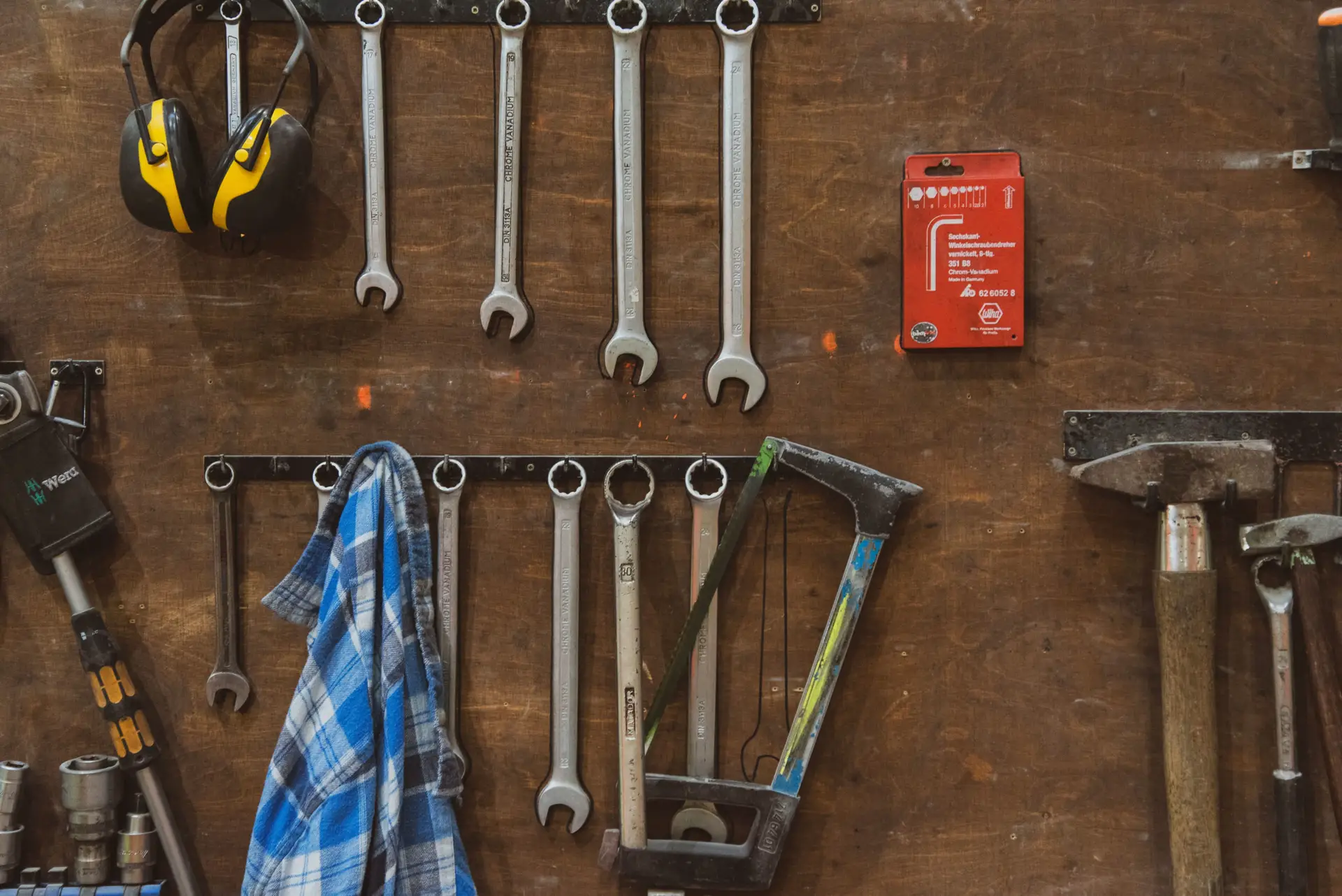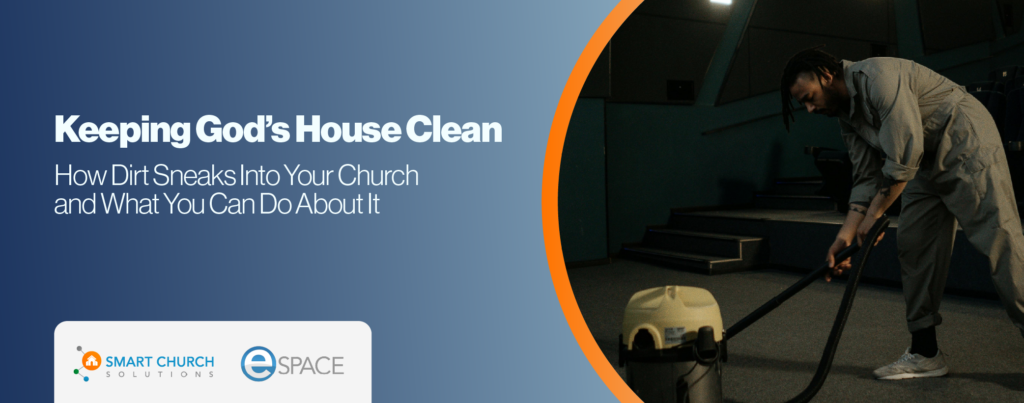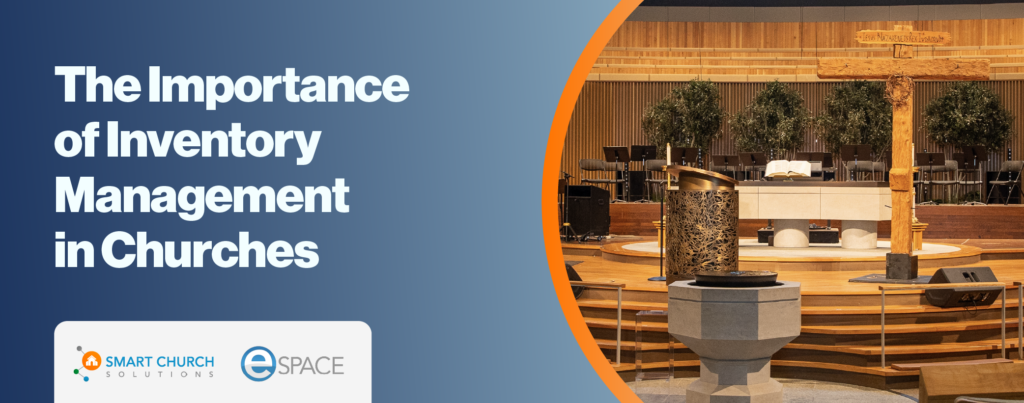Maintenance can be defined, as it relates to property, facilities and equipment:
“the upkeep of property or equipment” – Merriam-Webster Dictionary
Maintenance is what we do to keep our facilities and equipment functioning as intended use. It is the process of increasing the utility (i.e. use) of a building by regular servicing capital assets, major systems, equipment, and areas inside and outside a building. We all do it. If you own ANY property, facility, equipment, vehicle, etc., you do maintenance.
Having served the church facility world for nearly 35 years, I believe there are 4 types of maintenance that are prevalent or should be considered when developing an intentional Facility Stewardship plan. Some of these 4 maintenance types are proactive while others are reactive. Some will save you money and others are necessary to keep the facility in operation today. Of these 4 types, there are 2 that are a must for any intentional church facility steward and manager. One is yet to have become common place in churches (although, it will) and the 4th is one we should avoid.
Let’s dig in.
Maintenance Type #1: Corrective Maintenance
This is probably the most common and most prevalent in any facility maintenance plan. It is the “break/fix” work that we do daily. It is the clean up on isle 4. The overflowed commode. The burned-out light bulb and the HVAC system that is not cooling in August. Corrective maintenance is needed when something fails or is not working as intended. This type of maintenance is inevitable and inescapable. Things break. Things wear out. Moving parts cease to move. Life cycles are exceeded (more on this later) and items have reached their reasonable useful life.
While corrective maintenance is a daily part of any facility operations, there are ways to mitigate these unexpected time-suck repairs as well as the cost to do so. Corrective maintenance costs you time and money…and in many cases they need addressed at the most inopportune times. When our teams are consumed performing corrective maintenance, they do not have the time to be proactive. This kind of reactive method of managing and maintaining a facility is kin to a hamster on a wheel. It never stops. It becomes a vicious cycle.
Maintenance Type #2: Preventive Maintenance
In our opinion, this may be the most important type of maintenance your church should be performing…HANDS DOWN!
Preventive Maintenance is your proactive approach to facility management. It is looking into the future and making intentional plans for addressing maintenance that will extend the life of your equipment and facilities and reduce the potential of downtime and the need for reactive corrective maintenance. Preventive Maintenance (PM) is maintenance that is regularly performed on a piece of equipment to lessen the likelihood of it failing. It is performed while the equipment is still working so that it does not break down unexpectedly.
This type of maintenance is common for large ticket items like HVAC systems, vehicles (remember the Fram Oil Filter commercial…if you are my age you do), and other equipment that has lots of moving parts. Can you imagine getting a new car and never changing the oil? The oil change is $30-50…but a seized up motor can be $4,000 plus…so you can “pay me now or pay me later.”
As we have served hundreds of churches, we see that many are using PM’s for large items but not all items. And…what is shocking…is not even the larger churches with full scale facility staff are using PM’s to the maximum capacity. I assure you that preventive maintenance is FAR less expensive than corrective. If you are looking to save money, then adding preventive maintenance is one of the best ways to ensure you stay on top of your facility needs and mitigate a large portion of corrective maintenance.
If you would like assistance with developing an intentional Preventative Maintenance plan, please contact us today.
Maintenance Type #3: Predictive Maintenance
This may be foreign to many of you as it has not become a household term for most consumer properties and definitely not in the vast majority of churches. We understand corrective maintenance because we all do it…and most of us at least know we should be planning and conducting preventive maintenance. But what is this predictive maintenance that you speak of? Glad you asked.
Predictive Maintenance (PdM) uses condition-monitoring equipment to evaluate an asset’s performance in real-time. A key element in this process is the Internet of Things (IoT). IoT allows for different assets and systems to connect, work together, and share, analyze and action data. Some examples of using predictive maintenance and predictive maintenancesensors include vibration analysis, oil analysis, thermal imaging, and equipment observation.
From a practical standpoint, if you had a sensor inside your HVAC fan housing and that sensor could detect fan wobble or some other abnormal operation, the sensor would send a warning to you so that you could go check on this BEFORE it broke down and before your next scheduled Preventative Maintenance.
I believe that as we move more toward incorporating IoT devices in our church facilities, we will see the huge advantage of PdM.
Maintenance Type #4: Deferred Maintenance
This is what I like to refer to as NONE OF THE ABOVE maintenance. Why? Because it is not maintenance at all. It is just a term we use to say we did NOT perform the maintenance we should have and as such now have items that have not been properly maintained, cared for or stewarded.
Deferred maintenance is the practice of postponing maintenance activities such as repairs on both real property and personal property (i.e. machinery) in order to save costs, meet budget funding levels, or realign available budget monies. The failure to perform needed repairs could lead to asset deterioration and ultimately asset impairment. Generally, a policy of continued deferred maintenance may result in higher costs, asset failure, and in some cases, health and safety implications. [Wikipedia.com]
In a previous blog entitled “The “4 X” Reality of Deferred Maintenance” we provided some very sobering realities from national research projects…Here they are again:
“Every $1 in deferred maintenance costs $4 of capital renewal needs in the future.”
“If a necessary repair is deferred and allowed to remain in service until the next level of failure, the resultant expense will be 30-times the early intervention cost.”
This just reiterates my earlier point that planning and preventive maintenance along with properly funding your annual maintenance accounts in the church budget is WAY cheaper that letting things get deferred.
If you are looking at improving your Facility Stewardship and proactive facility maintenance, then do ALL you can to eliminate the 4th type of maintenance listed above and seek ways to be more intentional with #2 and #3. Your facility and budget will thank you!
If you are stuck on finding out what deferred maintenance you may have or developing a plan to remedy what needs to be fixed, contact us today!






